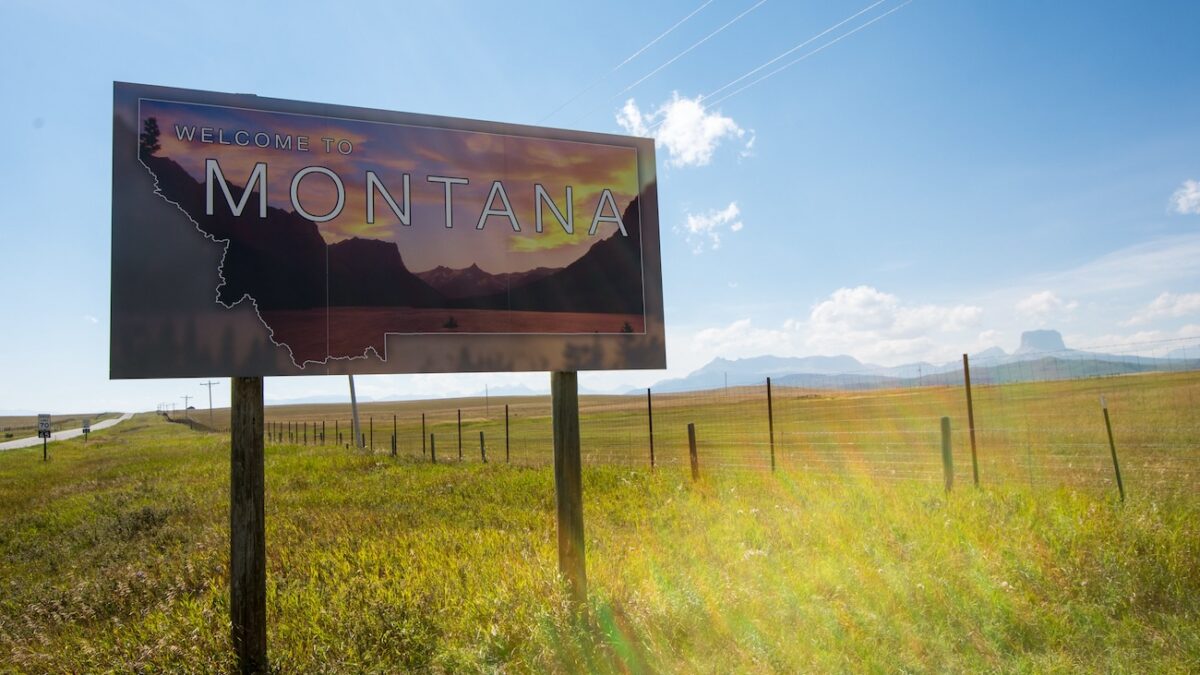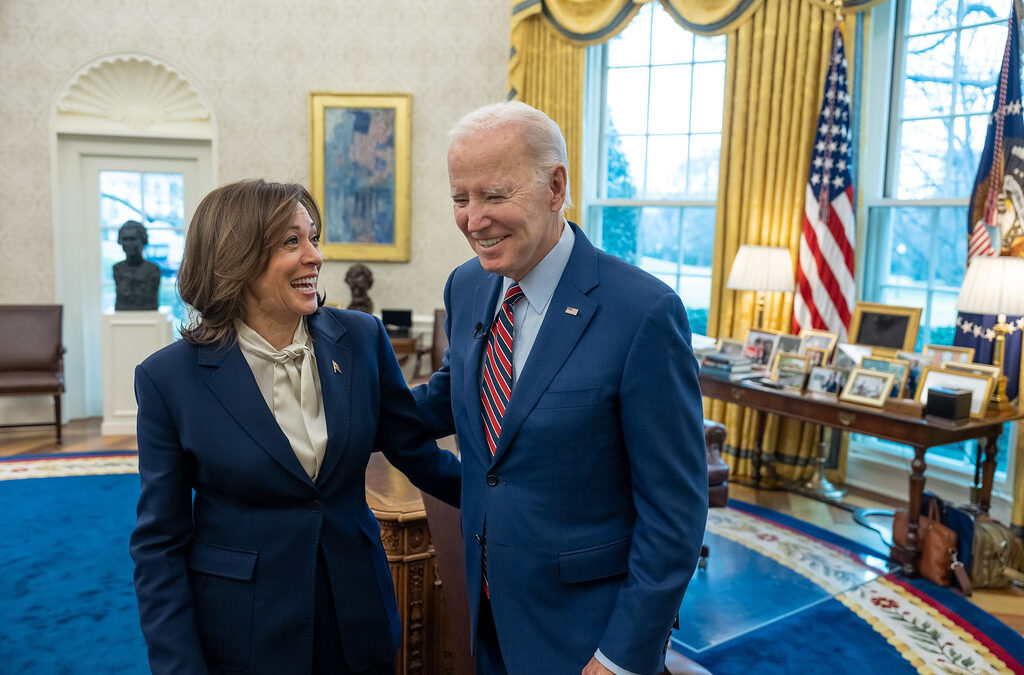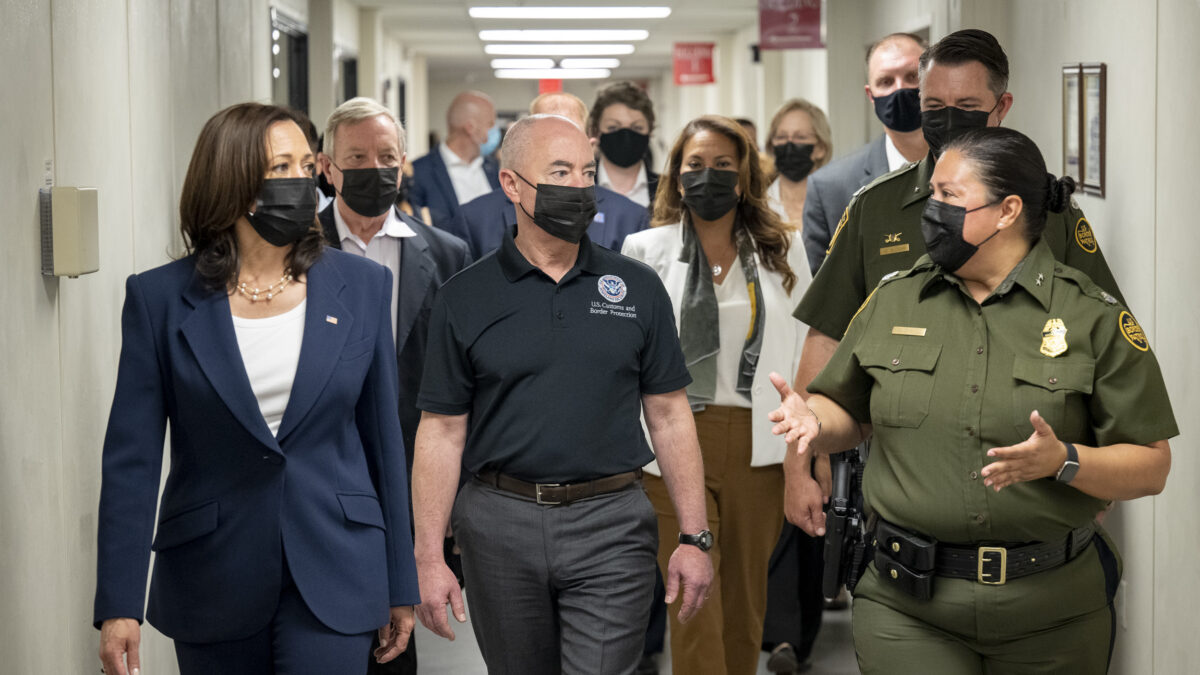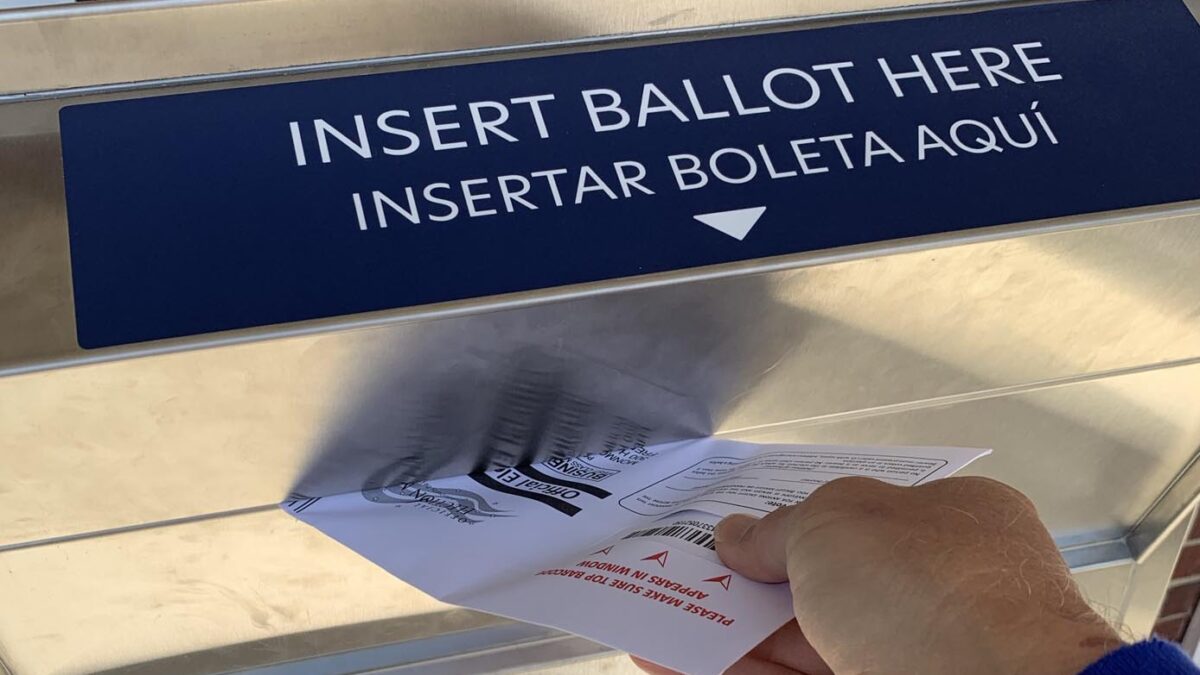The presidential campaign between Donald Trump and Joe Biden (or whatever functionary the Democrat Party will select to replace him) will obviously dominate media attention from now through Nov. 5. But arguably the second-most important outcome this fall lies far away from the media hordes in Washington.
In theory, control of the House of Representatives could fall to either party, and in theory, Democrats could retain their narrow majority in the Senate. But not if Republicans pick up a Senate seat in Montana — the likeliest place where they can recapture the majority and prevent unified Democrat control of Washington next year.
House Control on a Knife Edge
At present, Republicans control the House of Representatives by a 220-213 margin, with two seats (one by each party) vacant. Under this math, a change in four seats would allow Democrats to retake control of the House by a 218-217 tally.
Recent political race rankings make such a takeover possible, though not certain. Democrats and Republicans each have 11 seats listed as toss-ups, where neither party holds a distinct advantage. Democrats have more seats “in play” (39) than Republicans (30), meaning Republicans have more opportunities to pick up seats from the other party. However, Democrats are projected to take over two seats from Republicans (one in Alabama, one in New York) due to the effects of redistricting, meaning Democrats should theoretically have a head start on retaking the majority.
While “ticket splitters” — people who vote for one party for president and another for Congress — have become rarer in recent years, the presidential campaign and the battle for the House could still look slightly different. For instance, Democrats hope to recapture seats in states like California and New York not likely to feature close contests at the presidential level.
Republicans could win the presidency and lose the House. But at minimum, it seems safe to say that the party that wins the White House is not guaranteed to maintain a majority in the House of Representatives.
Senate Hinges on Montana
The fight for Senate control appears more clear-cut. With former Democrat, now-independent, Sen. Joe Manchin retiring from his West Virginia seat, Democrats have virtually ceded the seat to Republicans. That GOP pick-up would take Democrats’ current 51-49 majority down to an even 50-50 split.
Democrats could retain control of the Senate by the narrowest of margins if they maintain control of the vice presidency. That brings with it potential complications for their congressional majorities if Joe Biden remains president and suffers (further) health issues, but put that aside for the time being.
To ensure themselves a majority not contingent upon the outcome of the presidential election, Republicans need to capture at least one more Senate seat beyond that in West Virginia. (They also need to hold on to all Republican seats up for election this year — a safe bet at present.)
It sounds like an easy prospect, given that most Senate elections during this two-year cycle will take place in purple or red states: Arizona, Michigan, Minnesota, Nevada, Ohio, Pennsylvania, and Wisconsin. But most if not all of the polls in those races show Democrats ahead, in many cases due to the power of incumbency.
One exception defies the trend: Montana’s U.S. Senate race, which pits Republican Tim Sheehy against Democrat Jon Tester, has not seen much recent polling, likely due to the state’s rural nature. It also happens to be Republicans’ second-best opportunity for a Senate pick-up after West Virginia. While Trump beat Biden by 8 points in Ohio in 2020, he clobbered Biden by more than twice that margin in Montana.
Republican Big Sky Dreams
Biden’s dreadful performance in the recent presidential debate may have changed the campaign’s dynamics. Some Republicans sense a potential blowout if Biden remains on the ticket, which has Democrats pondering whether to replace him and with whom — an unprecedented outcome with difficult-to-predict effects.
But while the dynamics of the election may have changed, the math has not. If Republicans defeat Tester, they will have a working majority in the Senate. If they do not, Democrats could squeak through to unified control of the House, Senate, and presidency. And if you think the Congress of 2021-22 was a disaster, imagine what Democrats could do in a scenario with unified government and without having “moderates” like Sens. Manchin and Kyrsten Sinema, I-Ariz., to restrain them: abolish the filibuster, codify abortion-on-demand, admit new states, pack the Supreme Court, and more.
In campaigns as in sport, keeping the eye on the ball remains key. And protecting conservative priorities involves keeping an eye, or more than an eye, on the Montana Senate race.









